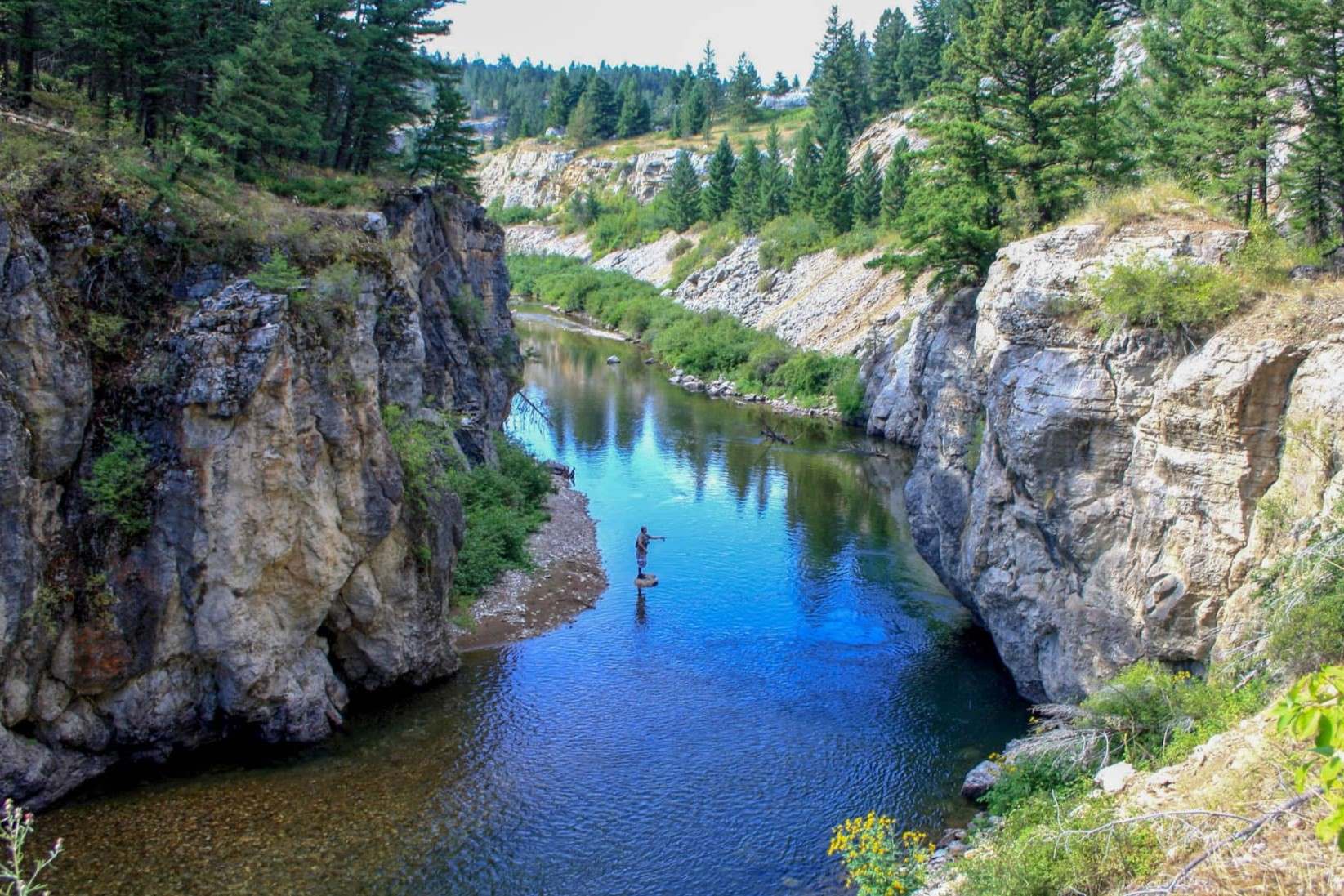Hidden Trading Posts Along Montana’s Missouri River

Have you ever wondered about the hidden trading posts along Montana's Missouri River? These spots hold stories of adventure, commerce, and history. Long before highways and railroads, traders and explorers used the river as a major route. They exchanged goods like furs, beads, and tools, creating bustling hubs of activity. Today, these places offer a glimpse into the past. Imagine walking where pioneers once bartered and traded. You can almost hear the clinking of coins and the chatter of different languages. Visiting these sites is like stepping back in time, where every corner has a tale to tell. Whether you're a history buff or just curious, these trading posts are worth a visit. They remind us of a time when the river was a lifeline for many.
Discovering Montana's Hidden Trading Posts
Montana's Missouri River is a treasure trove of history, with hidden trading posts that whisper tales of the past. These spots offer a glimpse into the lives of traders and Native Americans who once bartered goods and stories. Let's journey through time and uncover these fascinating places.
1. Fort Benton: The Birthplace of Montana
Fort Benton, often called the "Birthplace of Montana," is a must-see. Established in 1846, it played a crucial role in trade and transportation. Walking through this historic site, you can almost hear the clatter of wagons and the chatter of traders. The fort's museum offers artifacts and stories that paint a vivid picture of its bustling past.
2. Fort Union Trading Post: A Crossroads of Cultures
Located near the Montana-North Dakota border, Fort Union was a bustling hub of commerce. Established in 1828, it served as a meeting point for various tribes and traders. Today, visitors can explore reconstructed buildings and learn about the diverse cultures that converged here. The annual Rendezvous event brings history to life with reenactments and demonstrations.
3. Fort Peck: A Hidden Gem by the River
Fort Peck, though lesser-known, holds its own charm. Originally a trading post, it later became a construction site for the Fort Peck Dam. The area offers a unique blend of history and natural beauty. Visitors can explore the Fort Peck Interpretive Center, which showcases the region's history and wildlife.
4. Fort Assiniboine: A Military Outpost with a Trading Past
Fort Assiniboine, near Havre, Montana, was established in 1879 as a military post. However, its roots as a trading post are still evident. The fort's expansive grounds and remaining structures offer a glimpse into its dual history. Guided tours provide insights into the lives of soldiers and traders who once called this place home.
5. Fort Shaw: From Trading Post to Military Fort
Fort Shaw, located west of Great Falls, began as a trading post in the 1860s. It later transformed into a military fort, playing a significant role in the Indian Wars. Today, visitors can explore the remnants of the fort and learn about its evolution from trade to military significance.
6. Fort Missoula: A Blend of Cultures and Commerce
Fort Missoula, established in 1877, served both military and trading purposes. Nestled in the picturesque Missoula Valley, it offers a unique blend of history and natural beauty. The fort's museum and historic buildings provide a window into the past, showcasing the interactions between traders, soldiers, and Native Americans.
7. Fort Owen: A Mission Turned Trading Post
Fort Owen, located in the Bitterroot Valley, began as a mission before becoming a trading post. Established in the 1850s, it played a vital role in the region's development. Visitors can explore the reconstructed fort and learn about its transformation from a mission to a bustling trading hub.
8. Fort Maginnis: A Forgotten Trading Post
Fort Maginnis, though largely forgotten, holds historical significance. Established in the 1880s, it served as a trading post and military fort. Today, only remnants remain, but the site offers a quiet reflection on its past. Visitors can wander the grounds and imagine the bustling activity that once took place here.
9. Fort Ellis: A Gateway to the West
Fort Ellis, near Bozeman, was established in 1867 as a military post. However, its role as a trading post is often overlooked. The fort served as a gateway for settlers heading west, and its history is intertwined with trade and exploration. Visitors can explore the site and learn about its dual role in Montana's history.
10. Fort Custer: A Short-Lived Trading Post
Fort Custer, established in 1877, had a brief but impactful existence. Located near Hardin, Montana, it served as both a military and trading post. Though little remains today, the site offers a glimpse into its short-lived history. Visitors can explore the area and imagine the bustling trade that once took place here.
Discovering Montana's Hidden Gems
Montana's Missouri River holds secrets from the past. Hidden trading posts along its banks offer glimpses into a time when fur traders and Native American tribes exchanged goods and stories. These sites, often overshadowed by more famous landmarks, provide a unique look into the region's history. Exploring these spots, visitors can imagine the bustling activity that once took place. Each trading post tells a story of survival, cooperation, and cultural exchange. While some structures have faded with time, their legacy remains strong. Visiting these hidden gems offers a chance to connect with Montana's rich heritage. Whether you're a history buff or just curious, these trading posts are worth the visit. They remind us of the importance of preserving history and appreciating the stories that shaped our world. So next time you're near the Missouri River, take a detour and uncover these fascinating pieces of the past.

